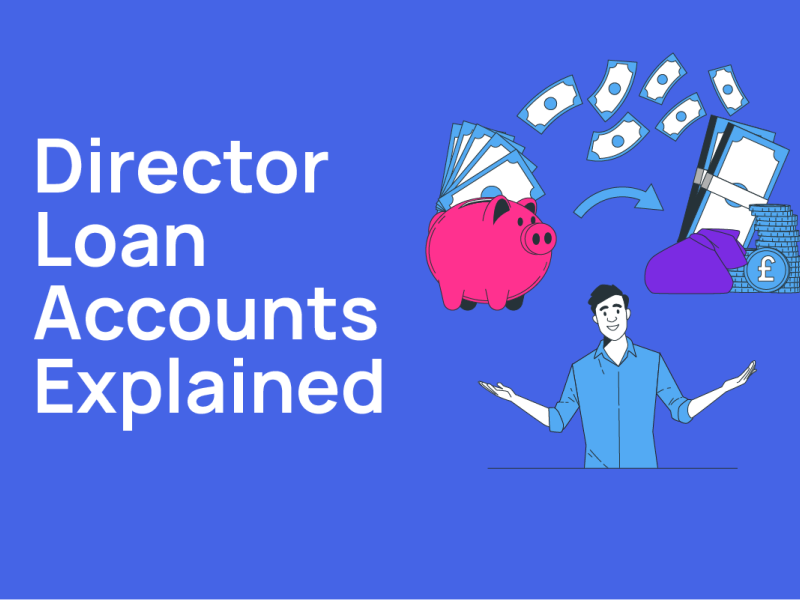Navigating Director Salaries: A Guide to Maximising Tax Efficiency in 2023/24
-
Richard Jackson - 15/10/2023

Are you pondering the ideal director salary for this tax year?
Whether you're running a single-employee/director company or managing a multi-director or multi-employee business, you need to consider the optimal salary level that will maximise your tax efficiency and pension benefits.
In this article, we'll delve into the two main options for single employee/director companies and outline best practices for multi-director or multi-employee setups.
Single Employee/Director Companies:
Given that these companies can't claim Employment Allowance (requiring a minimum of two employees earning above the Secondary National Insurance (NI) allowance), they have two viable options:
- Pay the single director a salary equal to Secondary NI Threshold (£9,100 p.a. or £758 p/m): This results in a qualifying year for state pension but incurs no NI contributions from the employee or employer.
- Pay the single director a salary equal to Primary NI Threshold (£12,570 p.a. or £1,048 p/m): This also qualifies for a state pension year, incurs no NI contributions from the employee, but results in a small employer NI liability (£479) for the year.
Why opt for a higher salary with an employer NI liability?
The higher director salary is a tax-deductible expense, leading to potential Corporation Tax (CT) savings between £659 and £867 for the year, depending on the tax rate. The net saving, considering a 19% CT rate, is £180 for the year (slightly more at 25% CT).
While many may prefer the simplicity of a £9,100 salary, the most beneficial rate for a profitable company tends to be £12,570.
Multi-Director or Multi-Employee Companies:
For small businesses with multiple employees above the secondary threshold rate of threshold of £9,100, qualifying for employers' allowance is likely. In this scenario, recording an annual salary equal to the Primary NI Threshold (£12,570) for each director is common. The company incurs an employer NI contribution of £479 per director, but this is typically credited through employers' allowance, eliminating the need for additional payment.
It's essential to note that director salaries should only be set at the Primary NI Threshold if the total annual Employers NI liability is forecasted to be below the £5,000 credit available. If the company has numerous employees, the calculation aligns with the single employee/director scenario. Check eligibility here (link)
Summary:
Given the potential for changes during the year, such as hiring more staff, and the marginal tax saving from a slightly higher salary, many accountants default to using the Secondary NI threshold (£9,100 p.a.) in all situations. This approach is adopted regardless of whether it's the most tax-efficient value, considering the dynamic nature of businesses.
Further links; HMRC Rates and Thresholds for Employers 2023/24
We trust this article provides clarity on determining the optimal salary level for directors in the 2023/24 tax year.
If you would like advice specific to your situation please contact us directly.
4 Costly Mistakes Business
Owners Make with Dividends
Imagine paying dividends for years, thinking you're doing everything right. But then, one day, you discover you've made a costly mistake that could ruin your business. A mistake that could have been avoided.
Don't let this happen to you. Learn the 4 common dividend errors that can destroy your business - and how to prevent them.



